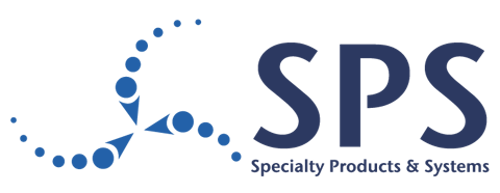Description
Honeywell’s Enraf® Tank Inventory Systems focus on inventory control, custody transfer, oil movement and tank farm operations within a refinery or storage terminal.
What Is It?
Honeywell’s Enraf® Tank Inventory Systems is based on the proven Entis inventory system that is flexible enough to handle tank farms ranging from a single tank up to more than 250 tanks, covering multiple locations and a variety of gauges and interfaces.
The two available software platforms for managing oil storage - Entis Pro and Entis XL – include all tools and templates to support efficient tank farm operations and protect user investments while reducing operational costs.
Entis LNG Pro additionally offers the required tools to operate LNG storage tanks. Tools are available to monitor stratification helping customers to reduce energy consumption while improving safety.
How Does It Work?
Tank Inventory Systems offer open connectivity for various field protocols that enable the seamless integration of existing field equipment. A set of standardized host interface areas are available to link Entis packages to control systems and business domain packages for advanced resource planning and asset management.
To support sites’ compliancy, Entis Pro supports Weights and Measures-certified applications for custody transfer, accounting and duties. Finally, all Entis systems include standard displays to have a fast overview of the tank farm status and standard templates for reporting on inventory. Operators can easily modify the standard displays and reporting templates according to their site policies.
What Problems Does It Solve?
Running an oil storage terminal requires focus on safety and efficiency. Honeywell’s Enraf® Tank Inventory Systems provide accurate and secure inventory data at all times enabling overfill protection, leak detection and alarming to mitigate or prevent possible disasters and protect the tank farm’s people and environment. It allows users to reduce costs, increase efficiency and improve profits.

